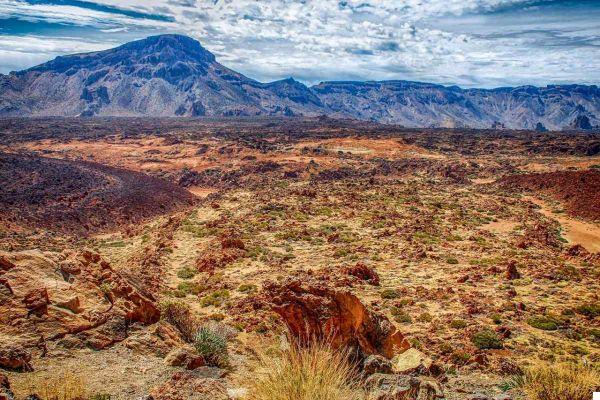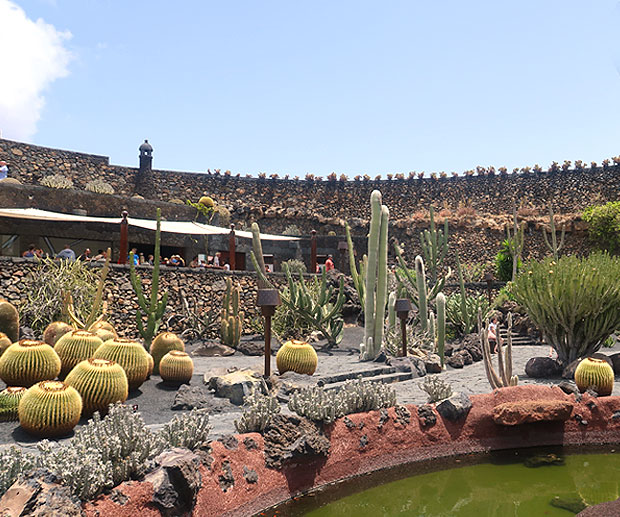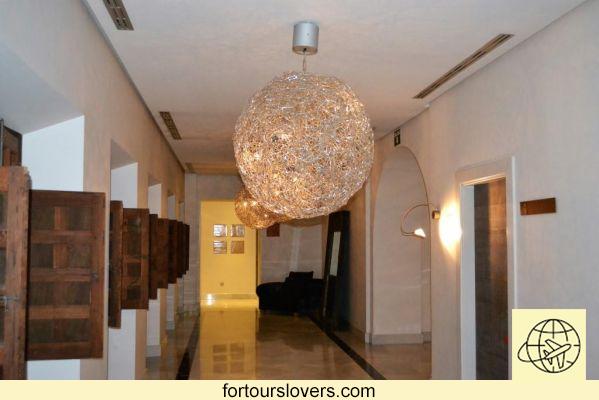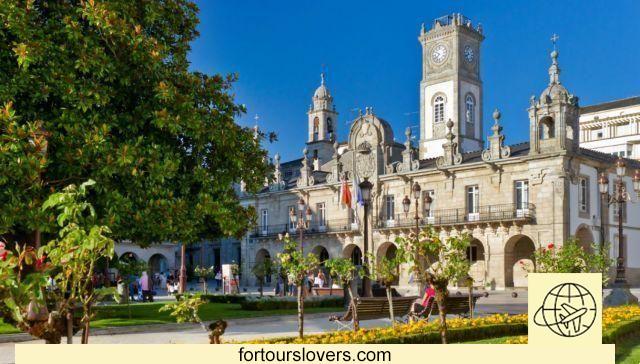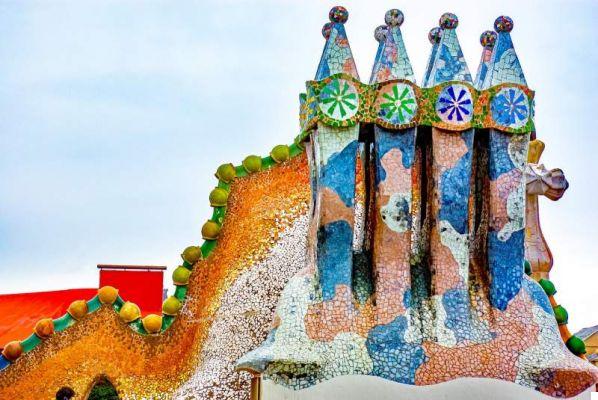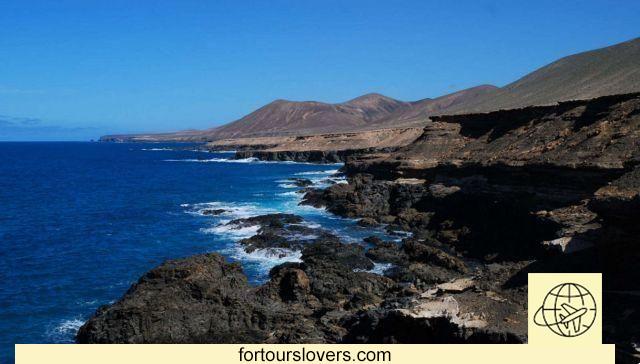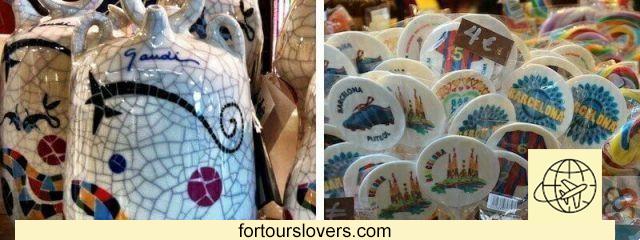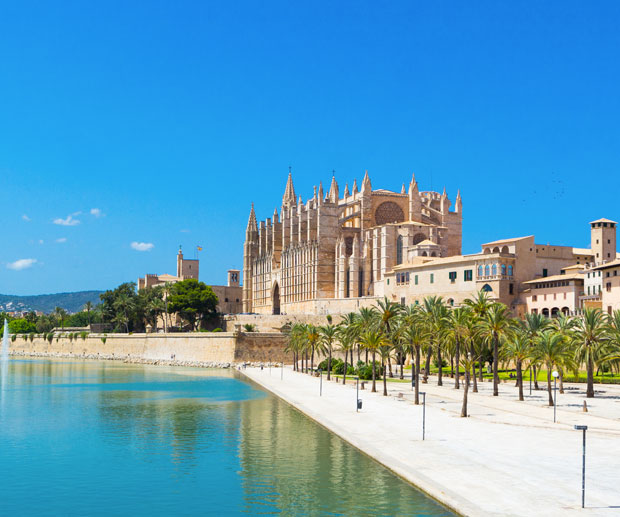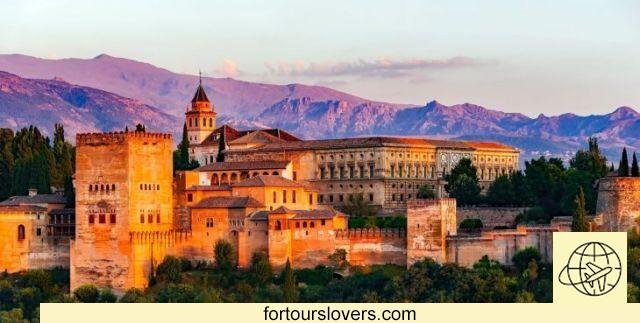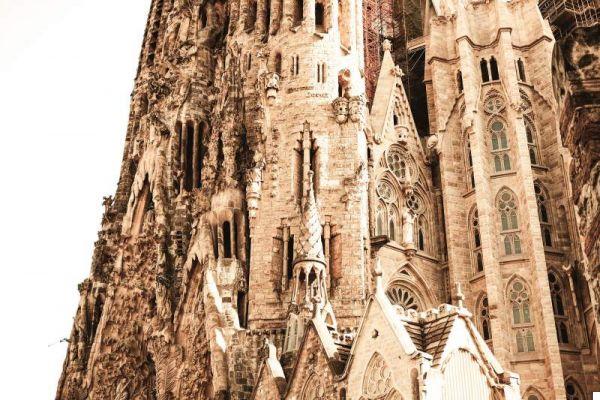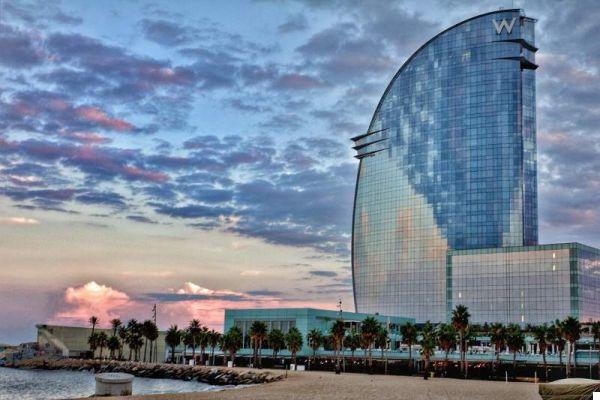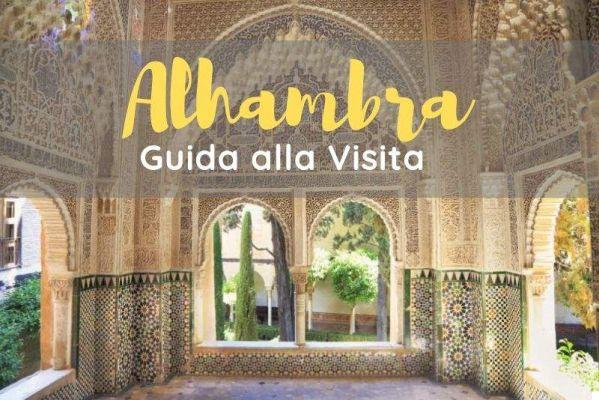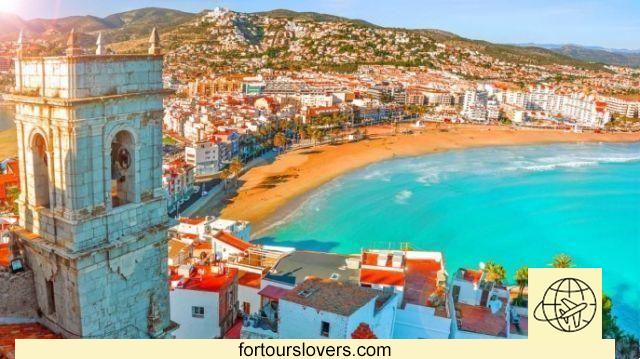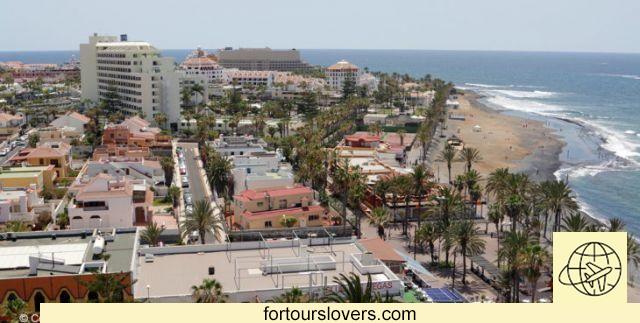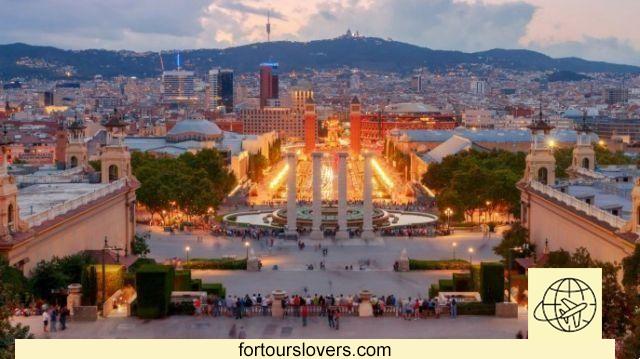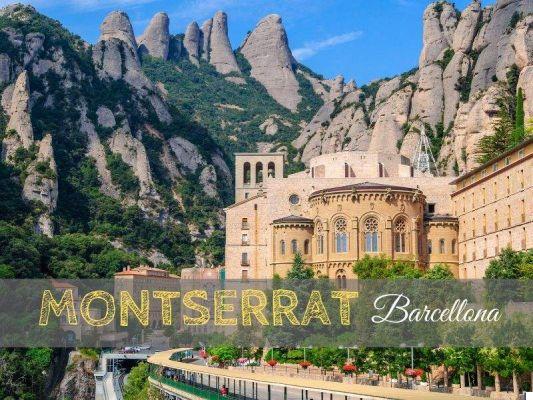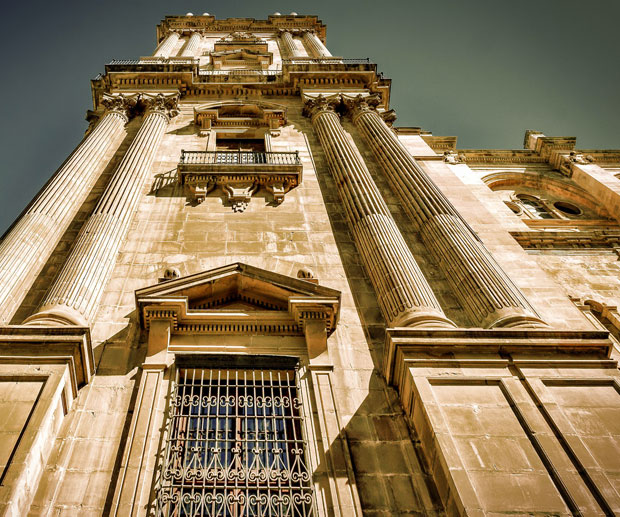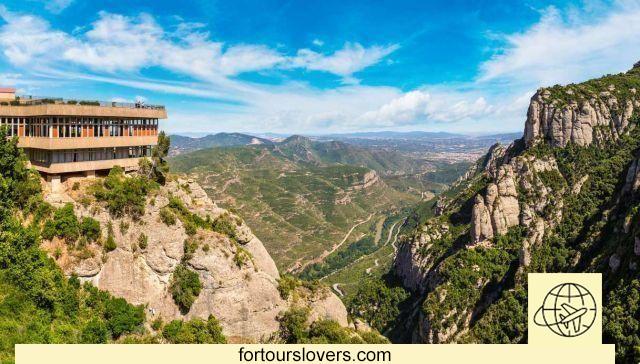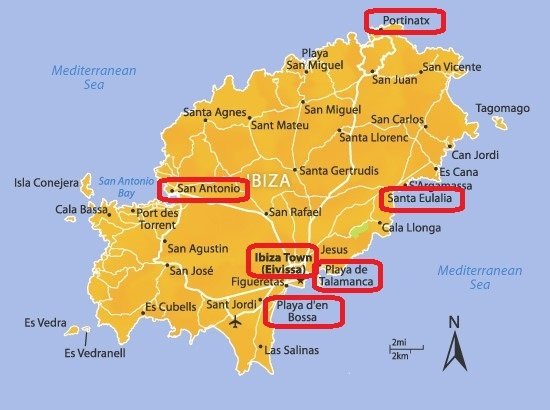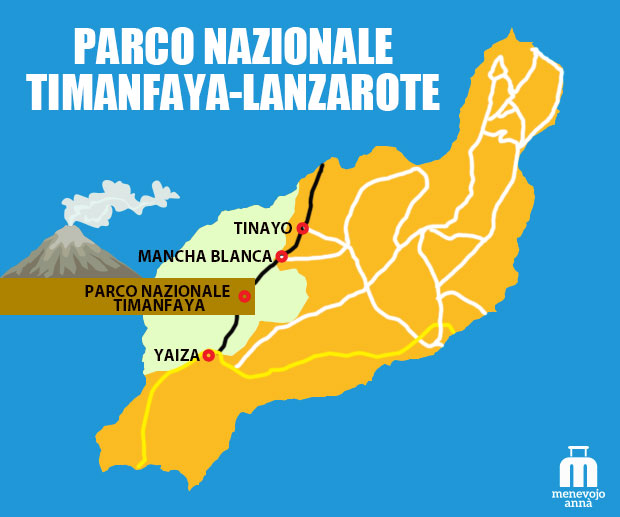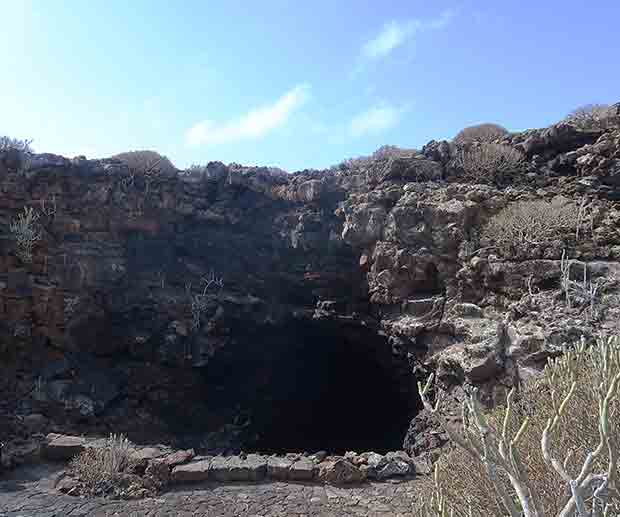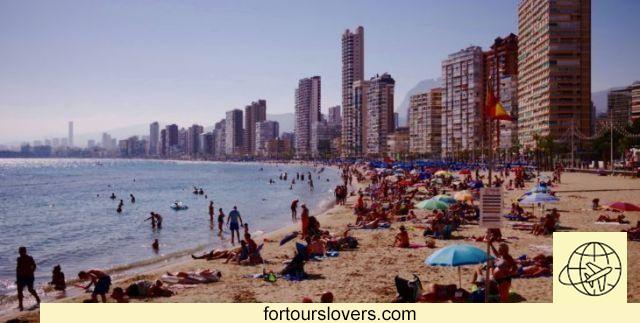
Costa Blanca
11 things to do and see along the Costa Blanca and 1 not to doWith over 160 kilometers of coastline, theCosta Blanca is one of the most popular tourist destinations in all of Spain. White beaches, blue sea, rocky coves and an infinite number of bars and restaurants follow one another from Dénia and Pilar de la Horadada, giving well-being and entertainment to millions of visitors. Obviously the summer months are those of maximum turnout, to the point that on some beaches it can be difficult even to spread out the towel, while in the rest of the year the spaces become much more comfortable (even the hotel rates become more affordable). Given the above the towns and villages of the Costa Blanca are much more than just seaside resorts. Each community, in fact, is a treasure trove of traditions to which we must add countless architectural and museum traces of great interest. In conclusion, there are all the "ingredients" for a complete holiday, including the added value of Valencian cuisine, which in these parts offers the best of itself. Below are the main points of interest of the Costa Blanca, with the usual caveat that it is necessarily a partial list, and yet useful for a first approach with the places. Happy reading.
1 Dénia
Our journey to discover the Costa Blanca starts from Dénia, a city of just over 40.000 inhabitants south of Valencia (approx. 100 km). In addition to being a renowned tourist resort, much appreciated by the Dutch, Germans and English, Dénia is an important maritime and commercial hub with Ibiza and the entire Balearic archipelago. Must see, both the Muslim castle and the Archaeological Museum where numerous finds from the Roman and Moorish periods are preserved. From the hill where these two buildings are located you can see a beautiful panorama that goes up to Parc Natural de Montgò about 10 kilometers away. And, just the excursions inside this park, together with the more internal ones Cavaleres caves and, of course, to the beaches of The Marinas e de las Rotes (in the photo the Torre del Gerro on the beach of las Rotes) represent the main points of interest for those who want to deepen their knowledge of the city and its surroundings. From the architectural point of view, however, we point out the Church of the Assumption bearing countless traces of the Renaissance and Baroque periods, while from a gastronomic point of view it is worth tasting the shrimps, traditional local fishing, still very popular today.
2 Jávea
As mentioned at the beginning, the cities and towns of the Costa Blanca are much more than just seaside resorts. Jávea, about ten kilometers further south of Dénia, is proof of this. The historic center, in fact, offers significant points of architectural and cultural interest. On all the Church of St. Bartholomew, not by chance declared national artistic monument already in the 30s of the last century. Therefore a territory with its own artistic, civil and religious history that the tourist present made up of sea, sun, beaches [El Arenal (see photo) and Granadella] and outdoor activities (canoeing, sailing, windsurfing, etc.) does not have scratched. In this regard, do not miss the celebrations for the feast of the Virgen del Carmen which every year, on July 16, have a notable participation. As for tourist activities, the the port area is the most developed. It is there, in fact, that many accommodation, leisure and catering facilities are concentrated. To be seen!
3 Calpe
Calpe (or Calp) is a further demonstration of how, on the Costa Blanca, tradition and tourism manage to coexist harmoniously without one aspect overriding the other (almost always the second over the first) irreparably altering the identity of the place. The compromise explains the persistence of viticulture in the hinterland, while along the coast of about 11 kilometers there is a succession of hotels, pubs, bars and restaurants. Even along the coast, however, there is a naturalistic oasis of great importance. We are talking about the Peak of Ifach (see photo), a limestone block of about 330 meters, a refuge for various species of birds as well as a treasure trove of biodiversity also from a floristic point of view. The excursions on the Penyal d'Ifac, together with the visit of what remains of the Banos de la Reyna (Roman salt pan), medieval walls and Mudejar style church (the only one in the Valencian community) dedicated to Our Lady of the Snows are the other things to see during your stay in the city. Without forgetting, of course, the beaches and all outdoor activities practicable in a modern seaside resort. To be seen!
4 Altea
Often overlooked in storytelling on the Costa Blanca, Alteaon the contrary, it is absolutely worth a visit. The city, in fact, has abohemian atmosphere which very much fascinates those tourists looking for something different than the "usual" entertainment of seaside resorts. Of course, even here, mass tourism has changed the urban structure with the difference, however, that the historic center has remained fairly sheltered from the "needs" and "appetites" of the hotel industry. Result: narrow and cobbled streets; flowery rounds; white houses and numerous lookout points where you can stop and contemplate the landscape all around. To see the Church of La Madre de Deu de Consol, while for what concerns the local traditions we point out Castel de l'Olla, a very popular pyromusical event that takes place every year in August on the Saturday before the anniversary of San Lorenzo. For the rest, even here sun, sea and beautiful beaches (Playa de la Rada, Playa de Cap Blanch, Albir etc.) in which to spend pleasant days of relaxation and fun.
5 Benidorm
While it is true that the balance between typicality and modernity is one of the characteristics of the Costa Blanca, it is equally true that there are also exceptions. Benidorm is one of them. Here mass tourism has changed the urban structure more significantly than elsewhere. From being a village of fishermen and farmers that it was, this city of about 70.000 inhabitants has become the "Manhattan of the Mediterranean" with an incredible hotel offer to which we must obviously add all the associated tourist induced (bars, pubs, restaurants, shops, etc.). The changes inevitably also affected the two beaches of Levante and Ponente. Both long and deep, Playa Levante and Playa Ponente in addition to the crystalline sea and white sand offer an incredible amount of services: sunbeds; umbrellas; deckchair; footboards; showers; bathrooms; play areas and spaces dedicated to the countless activities that can be practiced on the beach and in the sea. In short, a hyper-modern tourist resort, active all year round, with record numbers during the summer months. However, woe to think that that's all: just go a little inland to find the landscape, rurality and typical architecture. We mention in passing three places that can be easily reached from Benidorm (also from Calpe): the Algar waterfalls (Fuentes dell'Algar); the pretty town of Alcoi and Guadalest, the latter a tiny village of just 200 inhabitants famous for its castle.
6 El Campello
Halfway between Benidorm and Alicante (see next point) it is worth a visit El Campello. We are in the heart of the Costa Blanca, between long stretches of beach (especially Playa Muchavista) and rocky inlets. An ideal scenario for lovers of watersports (canoeing, sailing, windsurfing, diving, etc.) which here find optimal conditions to cultivate their passions. Not just the sea, however. Behind the coast, in fact, several depart nature trails to the delight of trekking and mountain bike enthusiasts. We report en passant le Caves of Canelobre (Cuevas de Canelobre) cavity of great speleological interest. As well as of great interest is the archaeological site The Illeta dels Banyet (see photo). It is a small peninsula that winds sinuously over the sea, object in the years of successive excavation campaigns that have brought to light finds attributable to different historical eras: from the Bronze Age, to the Middle Ages, passing through the Iberian period and the Roman. In short, as we have been trying to highlight from the beginning, there are really many reasons to visit the Costa Blanca, well beyond the consideration of aspects related to summer and seaside tourism. Not to be missed!
7 Alicante
Don't be fooled by ranking seventh among the things to do and see on the Costa Blanca. The choice only obeys narrative needs. In reverse, Alicante (or Alicant) is almost always the first stop on a journey to discover the wonders of the Valencian community. The city, in fact, is an important air, land and sea hub also because, alongside tourism, which in any case is the predominant voice, industry and commerce also play an important role in determining the economic fortunes of the territory. As for tourist attractions, there is plenty of choice: in the first place, ça va sans dire, there is the Castle of Santa Barbara (Castillo de Santa Barbara) on top of Mount Benacantil, the hill overlooking the city. This fortress is an almost perfect architectural compendium of the different civilizations that have inhabited Alicante, rightly attracted by the strategic nature of the place to establish their trade and traffic. Even the waterfront - Explananada de Espana - absolutely worth a visit, as well as the Museum of Contemporary Art (MACA) and Provincial Archaeological Museum (MARQ). It is not over because there are churches, above all Cathedral of San Nicolas, and especially the beaches (San Juan, Postiguet, de la Albufereta etc.). Finally, the boat trip to the nearby one is absolutely recommended Tabarca Island, one of the most popular destinations among recreational divers who frequent the resort. To be seen!
8 Elche
What was said previously about Alicante applies to Elche (or Elx). Don't be fooled by the placement inside the article. On the contrary, Elche is perhaps the most interesting of those that follow one another along the 160 kilometers of the Costa Blanca. Just think that the city has three different cultural assets placed under UNESCO protection. A detail of no small importance which confirms what was said at the beginning about the material and immaterial wealth of the Costa Blanca, which cannot be reduced only to the countless beaches present. Let's take, for example, El Palmeral, the largest palm grove in Europe, which more than anything else has contributed to the popularity of this town of over 200.000 inhabitants about fifteen kilometers from the coast. Thousands of palm trees, a legacy of the ancient Arab domination, surround and protect the city, to the point that we can say without rhetoric that there is no aspect of the life of an Elche inhabitant (study, work, leisure, sport, etc.) that take place in the shade of a palm tree. El Palmeral is a huge site, divided into different areas: do not miss theHuerta del Cura, not surprisingly named "garden of national interest". The Unesco protection, on the other hand, in addition to the historical data also emphasizes the cultural and aesthetic aspects, since the cultivation of the palm has continued despite the loss of commercial value recorded over the years. Analogous speech for The Mysteries of Elx, the religious festival that takes place in the Basilica of Santa Maria on 14 and 15 August. It is, in fact, an ancient religious rite, even prior to the Council of Trent, centered on the death, ascension and coronation of the Virgin Mary. Last but not least the Museo de Pusol which collects thousands of artifacts and materials relating to the work, customs and habits of the Elche of the past. A gigantic museum of local memory, for this reason awarded and protected by Unesco. To such greatness must be added the Arab architectural traces (do not miss the Banys Arabs), Renaissance and Baroque, without forgetting the museums and beaches (El Altet, Arenales del Sol, El Carabassi etc.), various of which "Blue Flag" for the clarity of the waters. In conclusion, Elche alone is worth a trip to the Costa Blanca. Warned!
9 Santa Pola
After Alicante and Elche it is the turn of Santa Pola. Also here landscape-environmental scenario enviable with the right compromise between the historicity of the places and the modernity of tourism. The area of the port, probably, it is the best synthesis of this union: on the one hand, in fact, it has preserved its seafaring tradition with positive effects also in the tourism sector; on the other hand, however, over the years it has developed its own shipbuilding industry, without forgetting the commercial dimension which in addition to the fish market also passes through the export of salt. It is not over, because maritime excursions to the island of Tabarca always depart from the port, while if we turn our gaze to the city, the Castle it is undoubtedly a must. It is a fortress built around the middle of the XNUMXth century to defend itself against Saracen raids. Once the danger of pirates vanished, it first became the cultural center of the city and then, inevitably, also into a tourist attraction. To see the Chapel of the Madonna of Loreto to which the locals are very attached. Special mention for the Natural Park of the Saline di Santa Pola. In addition to being a historical place - the production and trade of salt, in fact, date back to Roman times - this park also has an extraordinary naturalistic value, often hosting colonies of flamingos along with numerous other species of migratory birds. Last but not least the beaches: about 13 kilometers of coastline where sand and rocky inlets follow one another; urbanized beaches and more sheltered coves (Playa Tamarit; Playa Lisa Beach; Gran Playa Beach; Levante Beach; Santiago Bernbabeu Coves; Playa Varadero etc.). Finally, a tip: bring your camera with you. According to many, in fact, Santa Pola gives the sunsets most beautiful of the Costa Blanca, ideal for trying your hand at long exposures and other photographic techniques to capture dream images. Warn!
10 Torrevieja
Inserted in an environment of absolute level, Torrevieja is another stop on a tour to discover the Costa Blanca. The city is located approx 30 kilometers from Oriuhela which also deserves a visit, and about 15 kilometers from Pilar de La Horadada with which we will end our story instead. Tourism has been the main economic resource for years, even if the mining of salt, the historic business of the town, continues today with exports all over the world. The two salt lakes - La Mata (see photo) and Torrevieja - have indeed accompanied local development at least since the nineteenth century favoring the conurbation of the territory which today has over 80.000 inhabitants with peaks of half a million during the summer. The salt flats, of course, have meanwhile also become a tourist attraction, like churches (Immaculate Conception, Our Lady of the Rosary etc.), beaches (La Mata, Cabo Cervera, Los Locos, Los Naufragos etc.) and rocky coves (Bay Ferris, Zorra, Trabajos, Cornuda etc.). For the rest, it is a modern tourist destination equipped with countless leisure and catering activities and all the comforts and services typical of a seaside resort. To be seen!
11 Pilar de la Horadada
Pilar de la Horadada, the last stop on our tour to discover the Costa Blanca, is the quintessence of the Mediterranean resort. It is both under the naturalistic aspect with environmental scenarios of great value (coastal and inland), and under the historical aspect: from traces of the Roman era, To coastal tower with function of sighting and defense of the dangers coming from the sea (read pirate raids). The beautiful and characteristic Old Town where it is pleasant to walk, shop and indulge in a social evening, even if the main reason why you come here are certainly the beaches (El Mojón; Las Higuericas; Las Villas; El Puerto; El Conde; Jesuitas; Calas de Rocamar; del Río; Mil Palmeras; Vistamar). Beaches particularly suitable for families who move with children in tow due to the shallow waters, and obviously equipped with all the comforts and services of a modern tourist resort. To be seen!
1 Pay attention to the choice of the hotel (out of season)
At the beginning we mentioned that in the low season the hotel rates are more affordable. A bargain considering the Costa Blanca boasts a mild and sunny climate most of the year. And therefore, even if it were inconvenient to swim in the sea, we have seen that there is certainly no shortage of practicable alternatives. There is one aspect, however, which needs to be paid some attention to. Many hotels, in fact, during the winter period (until close to spring) take the opportunity to carry out the maintenance work necessary to maintain the structure. This is a detail that could make the stay a bit too noisy, effectively eliminating the economic advantage we mentioned above. So, better inquire in advance.




